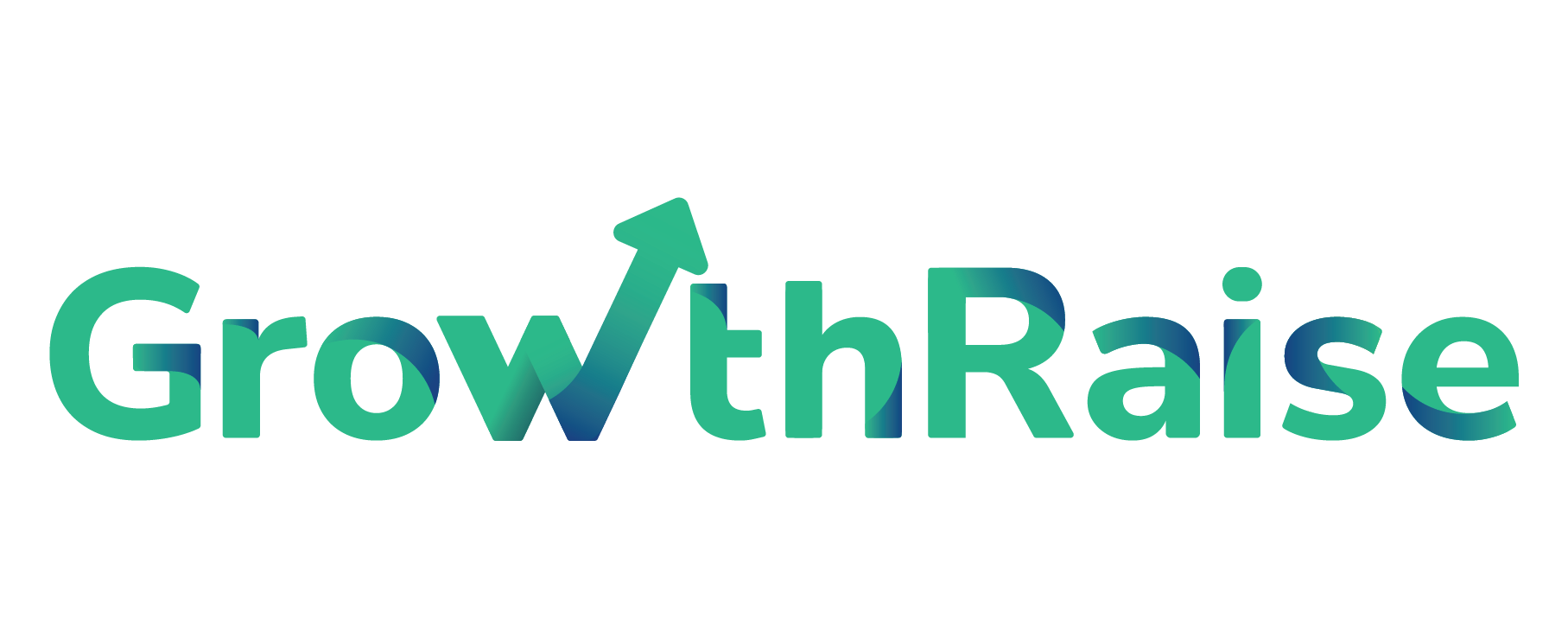The ROI of Inbound Marketing Explained
There’s no hiding from the fact that marketing is getting more complex and more expensive with every passing year.
This unfortunate turn of events can be attributed to a plethora of behavioral and economic factors such as shifting customer expectations, growing immunity to advertising, market saturation in most industries, and others.
Truth be told, the majority of small and medium-sized businesses nowadays are forced to operate in an overwhelming business landscape, to say the least.
To be successful in such a complex environment, businesses have little choice but to look for cost-effective marketing solutions that have the potential to bring positive return on the investment (ROI) in the long run.
When it comes to that, inbound marketing is one of the best solutions for modern businesses. Stick to the end to learn what it is, why it’s the perfect choice for your business, and understand inbound marketing ROI.
What Is Inbound Marketing?
Inbound marketing is a strategic marketing approach that focuses on attracting customers to your business naturally and organically, rather than reaching out to them directly with traditional advertising.
It requires a small or moderate investment to lay the groundwork for long-term inbound marketing ROI.
Imagine it like setting up a magnet that pulls customers towards your business because they’re interested in what you have to offer.
Inbound marketing is particularly valuable for small businesses operating with limited resources and budgets.
Its essence lies in creating valuable content and experiences tailored to your target audience. This can include informative blog posts, helpful how-to videos, engaging social media content, or educational newsletters.
The goal is to provide solutions to the problems or needs your potential customers have, making your business a go-to resource in your industry.
The great thing about it is that if done correctly, the ROI of inbound marketing grows like compound interest over time, because the content you create remains publicly available for years to come (unlike your ads).

How Is Inbound Marketing Different from Outbound Marketing?
To better understand the potential inbound marketing ROI you can expect, it’s important to have a glimpse of how the approach is different from traditional marketing first.
Marketing is mostly associated with outbound activities where a company initiates the conversation and sends its message out to an audience.
Outbound marketing tactics include TV and radio ads, print advertisements, telemarketing, direct mail, and other strategies that push the message out to a broad audience, regardless of whether the audience is interested or not.
This approach is more interruptive, expensive, and less efficient, as it involves reaching out to many people in the hopes of making a connection with a few.
On the other hand, inbound marketing is a customer-centric approach that involves attracting individuals to your brand by providing solutions to their problems or answers to their questions, often before they’re even considering a purchase.
This strategy leverages content marketing, SEO, social media, and other tactics to increase brand visibility and attract leads naturally. The idea is to earn the attention of customers, make your company easy to find, and draw customers to your website by producing content they value.
The key differences between inbound marketing and outbound marketing include
- Direction: Inbound marketing pulls interested customers in, while outbound pushes messages out to a broad audience.
- Targeting: Inbound marketing focuses on attracting individuals who are actively seeking solutions, making it more targeted. Outbound targets a less specific audience.
- Cost: Inbound marketing is more cost-effective, especially for small businesses, as it relies on creating content that can be used and seen multiple times over a long period of time. Outbound is expensive due to the costs associated with traditional ad space and production.
- Perception: Inbound marketing is generally more favorable to consumers who seek out the content themselves, whereas outbound can sometimes be seen as intrusive.
By leveraging inbound marketing, you can start small and work with a very limited budget. Even though the approach is slower to generate a return on the investment, in the long run, you can expect a greater ROI of inbound marketing because you’ll be attracting the people who actually need your products or services.

How to Measure the ROI of Inbound Marketing?
Now that you understand what inbound marketing is, how it works, and what inbound marketing ROI you can expect, it’s time to dive into the nitty gritty part of measuring the ROI of inbound marketing.
Since this cost-effective approach to marketing focuses on creating valuable content and building relationships, making the measurement of inbound marketing ROI a bit more nuanced.
Here’s a step-by-step guide to help you measure the ROI of your inbound marketing efforts.
Set Clear Goals and Objectives
Before you start measuring inbound marketing ROI, it’s important to define what success looks like for your inbound marketing efforts.
This could be increasing website traffic, generating more leads, boosting sales, improving customer retention, or any other relevant metric that aligns with your business goals.
Track Your Inbound Marketing Costs
Even though it’s cost-efficient by design, inbound marketing still requires an investment and time to see any return on it.
To ensure that you’re making the most of every buck you dedicate to inbound marketing, it’s vital to stay on top of your spending.
Keep a record of all the costs associated with your inbound marketing activities. This includes content creation (like blog posts, videos, and eBooks), software subscriptions (for email marketing, SEO tools, CRM systems), and any costs associated with your team or external agencies managing these efforts.
Measure Your Inbound Activities
Use analytics tools to track the performance of your inbound marketing activities and tie them to specific goals and targets.
For example, the ROI of inbound marketing for brand awareness can be tied to website traffic growth, social media follower increase, mailing list growth, and others.
On the other hand, the inbound marketing ROI for increasing revenue comes down to the number of leads generated and sequentially to how many of them convert to paying customers.
Since inbound marketing is mostly digital, you can measure every aspect of your investment and optimize your spending over time based on the results and situation at hand.
Calculate Customer Acquisition Cost (CAC)
Ultimately, the ROI of inbound marketing, or any other marketing approach comes down to generating revenue for your business.
You can attract all the leads in the world, but if they’re not converting into paying customers or the cost of acquiring them is higher than the revenue generated, you’re doing something wrong.
Customer acquisition cost is a great indicator of the effectiveness of your marketing and sales efforts at the same time. It is the total cost of acquiring a new customer through your inbound marketing efforts. It’s calculated by dividing the total costs associated with your inbound marketing by the number of new customers acquired in a given period.
Determine Customer Lifetime Value (CLV)
Building on the previous inbound marketing ROI indicator, customer lifetime value is the total revenue you expect from a customer over the lifetime of their relationship with your business.
Understanding the CLV helps you assess the long-term value of your inbound marketing efforts.
To leverage it to the fullest extent and facilitate great inbound marketing ROI over time, make sure to keep track of all returning customers generated through inbound marketing and the revenue they generate for your business over time.
Calculate Inbound Marketing ROI
With the information provided so far by this article, you have everything needed to understand the ROI of inbound marketing and put it into measurable dimensions tied to business goals and key performance indicators.
With that in mind, let’s look into a simple and yet accurate formula for calculating inbound marketing ROI:
Be sure to write it down and use it several times a year to make sure your investment is maturing well.
As mentioned earlier, inbound marketing requires some time to start bringing positive ROI. Be reasonable with your expectations and don’t rush into any decisions if you’re not seeing a positive inbound marketing ROI after the first couple of months.
Analyze and Adjust
Now that you know how to measure inbound marketing ROI and precisely calculate it, use these insights to understand what’s working and what’s not on a frequent basis.
This analysis allows you to make informed decisions about where to invest more and what strategies need to be adjusted or abandoned.
Remember, inbound marketing ROI is not just about immediate sales. It’s also about building a long-term brand and customer relationships. The value of an engaged, loyal customer base and a strong brand reputation can significantly contribute to your business’s success over time.

Inbound Marketing ROI Stats You Need to Know
If you haven’t tried inbound marketing in the past, there are quite a few statistics available online that showcase its value for small and medium-sized businesses.
While specific stats can vary based on industry, market conditions, and the scale of the program, here are some general statistics that demonstrate the effectiveness and ROI of inbound marketing:
Cost-Effectiveness
Inbound marketing strategies, on average, cost 61% less per lead than traditional outbound marketing methods. This significant cost difference underscores the efficiency of inbound techniques, particularly for small businesses and startups with limited marketing budgets.
Higher Conversion Rates
Companies that focus on inbound marketing tend to see higher conversion rates. On average, inbound marketing strategies can result in a conversion rate of 6% to 10%, which is substantially higher than the average conversion rate of traditional outbound strategies, often hovering around 1.7%.
Increased Website Traffic
Businesses that prioritize blogging as part of their inbound marketing strategy report a 55% increase in website visitors. Regular, high-quality content draws in more traffic, showcasing the direct impact of inbound efforts on attracting potential customers.
Lead Generation
80% of business decision-makers prefer to get company information from articles rather than advertisements. This preference highlights the effectiveness of content creation in generating leads and nurturing customer relationships.
Long-term ROI
Inbound marketing efforts, particularly content creation, have a long-lasting impact. For instance, more than 70% of companies report that content marketing has increased their lead quality and quantity, demonstrating the enduring value of these assets.
Consumer Preference
47% of buyers viewed 3-5 pieces of content before engaging with a sales rep. This statistic emphasizes the importance of a solid inbound marketing strategy in nurturing potential customers through the sales funnel.
SEO and Organic Search
Organic search leads have a 14.6% close rate, compared to 1.7% for outbound marketing leads. This stark difference highlights the effectiveness of SEO and content marketing in driving high-intent traffic to your site.
These statistics illustrate the substantial benefits and ROI that inbound marketing strategies can offer, from cost savings and higher conversion rates to long-term lead generation and sales.
For businesses, especially small to medium-sized ones, investing in inbound marketing can lead to significant growth and profitability.
How to Start on the Right Foot with Inbound Marketing
Congratulations, you’ve made it to the end of this article. After reading everything covered to this point, you should have at least a basic understanding of the ROI of inbound marketing.
This cost-effective and nonetheless efficient approach to digital marketing can be your best ally for growing your business and hitting your organizational goals and targets without breaking the bank.
To put it in a nutshell, inbound marketing allows you to stop chasing the cat and lure it instead.
If you’re not sure how to get started or have difficulties getting positive inbound marketing ROI, we invite you to leverage our team of experienced inbound marketing professionals.
Just drop us a line and we’ll find a simple solution to any complex marketing problem you’re having.

